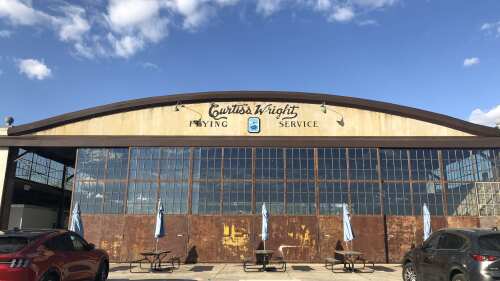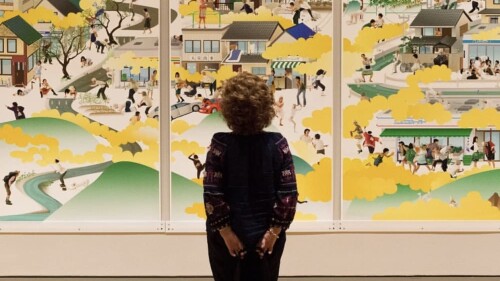If you know us, you know we’re here for the deep cuts — and there’s plenty of interesting factoids to go around. As connoisseurs of the quirky and unconventional, we put together a list of the Soda City’s history, oddest characteristics, and more. Maybe you’ve lived here your whole life and know some of this, or maybe you’ll learn something new.
Either way, test your local knowledge with these 15 interesting facts.
1. The South Caroliniana Library was the first college library in the nation built as a separate building in 1840. The freestanding library was constructed at the University of South Carolina, and you can read the full history of the library here.
2. Columbia has star power as numerous athletes, actors, and authors hail from the capital city. This includes 2020 Masters Tournament champion Dustin Johnson, R&B singer Angie Stone, and Kristin Davis, known for her role as Charlotte on “Sex and the City.”
3. Lake Murray was built in the 1920’s — and at the time — was the largest (50,000 acres) man-made lake in the country. The Saluda Dam (popularly known as the Lake Murray Dam) was also the largest earthen dam in the world when it was built.
4. Georgia O’Keeffe, a well-known modern artist of the 20th century, taught art at Columbia College in 1915. While there, she produced the charcoal sketches that found their way to Alfred Stieglitz – who took up promoting her art… and the rest is history.
5. 1,284. That’s how many toasters Kenneth Huggins has in the world’s largest collection which he stores in his home and a special-built storage house. Soda Citizens hold several world records in the Guinness Book of World Records, including the greatest distance catching a grape in the mouth.
6. Charles F. Bolden — former astronaut and 12th Administrator of NASA — graduated from C. A. Johnson High School in 1964. Charles spent four missions in orbit on the space shuttle, and orbited the Earth 444 times, logging over 680 hours in space.
7. Fort Jackson, the 53,000-acre US Army Training Center in Columbia, is the largest and most active Entry Training Center into the US Army in the nation. It trains ~45,000 basic training Soldiers annually, making up almost 50% of the Army’s basic combat trainees and about 60% of all females entering the Army.
8. Riverbanks Zoo is one of only ten zoos in the US to have koalas on exhibit, and theirs is a permanent exhibit. To best care for the animals, the zoo even flies in eucalyptus from Florida. Learn more about the koalas at Riverbanks and their breeding program here.
9. Did you know that Congaree National Park, South Carolina’s only national park, has 20+ of the tallest known trees of their species? These “champion trees” literally rise above all others and help bring in a lot of visitors to the park.
10. Columbia was one of the first planned cities in the U.S. (And is believed to be in the number two spot, just behind Savannah, Georgia.) It was planned out as a two-mile square around the State House, with the city’s streets designed in a grid.
11. The Barringer Building (1338 Main St.), formerly known as the National Loan and Exchange Bank, was South Carolina’s first skyscraper. Constructed in 1903, the 12-story structure represents advances in building use of steel framework, high-pressure water pipes, and elevators.
12. 71. That’s how many movies have been filmed in Columbia, according to IMDB. Better-known pictures include “Death Sentence” starring Kevin Bacon and scenes filmed in Williams-Brice Stadium in “The Waterboy” and “The Program.”
13. Cola didn’t have any paved streets until 1908 when Main Street was paved. The city even tried wooden blocks before considering paving on Washington and Hampton Streets, only to find that the wooden blocks would float away in heavy rain. It took the city almost a decade to replace the blocks with asphalt on Washington Street in 1925.
14. Founded in 1844, the publishing firm of R. L. Bryan Company is Columbia’s oldest operating business. Now located at 301 Greystone Blvd., the company has been the textbook distributor for the state of South Carolina since 1901.
15. Assembly Street is 150 feet wide, which is about 50 feet wider than other streets around town. Why? In the 1700s, the decision on the width was based on the belief that mosquitoes were unable to travel more than 60 feet without dying from starvation to get across.
Your turn. Think you can get one over on us? Let us know your favorite local trivia tidbit and you just might make it into the newsletter.











